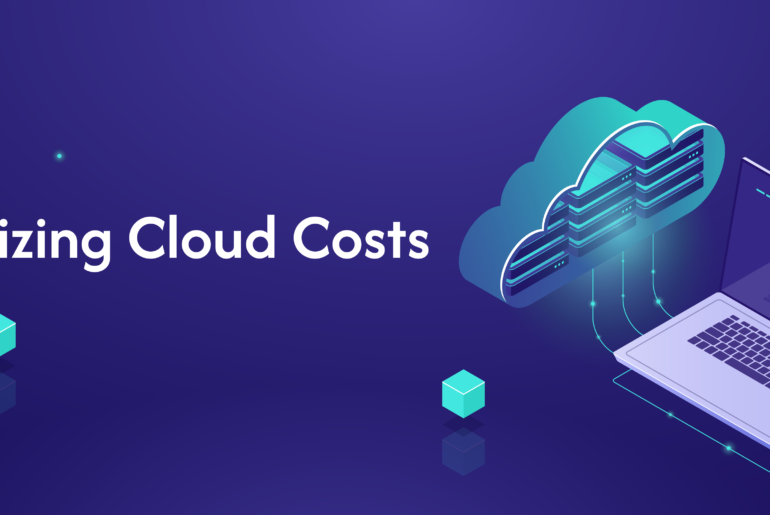In today’s rapidly evolving technological landscape, organizations are increasingly turning to a multi cloud strategy. But what exactly is multi cloud? Simply put, multi cloud refers to the use of multiple cloud computing services from different providers. This approach allows businesses to take advantage of the unique features, pricing, and performance characteristics of each cloud service. In this blog, we will explore the key aspects of a multi cloud strategy and the benefits it brings to organizations.
Understanding Multi Cloud
Multi cloud is not just about using multiple cloud services, it also involves the strategic integration of these services to create a cohesive cloud ecosystem. This can include a mix of public clouds, private clouds, and hybrid clouds. By diversifying their cloud infrastructure, organizations can improve reliability, performance, and security while minimizing vendor lock-in.
Key Benefits of a Multi Cloud Strategy
Avoiding Vendor Lock-In
One of the primary advantages of adopting a multi cloud strategy is the ability to avoid vendor lock-in. Organizations can choose the best services from various providers without being tied to a single vendor. This flexibility allows businesses to adapt to changing needs and ensures they are not overly reliant on one cloud provider.
Enhanced Performance and Reliability
By leveraging multiple cloud providers, organizations can optimize performance based on their specific requirements. For instance, they can choose one provider for computing power and another for storage, ensuring they get the best performance for each task. Additionally, using multiple providers enhances reliability. If one cloud service experiences downtime, businesses can seamlessly switch to another provider, minimizing disruptions.
Cost Optimization
Multi-cloud strategies can also lead to significant cost savings through cloud cost optimization. By comparing pricing models from different providers, organizations can choose the most cost-effective solutions for their needs. Moreover, businesses can avoid overprovisioning resources by strategically using different cloud services to meet varying demands, thus optimizing their overall cloud expenditure. Through cloud cost optimization, companies can ensure they are paying only for what they need, balancing performance with affordability.
Improved Security and Compliance
Security is a top concern for organizations today. With a multi cloud approach, businesses can enhance their security posture by distributing workloads across different cloud environments. Each provider may have unique security features, allowing organizations to implement a more robust security strategy. Furthermore, multi-cloud can help with compliance by enabling organizations to choose providers that meet specific regulatory requirements in different regions.
Access to Diverse Services
Each cloud provider offers a unique set of services and tools. By adopting a multi cloud strategy, organizations can access a broader range of services, including artificial intelligence, machine learning, data analytics, and more. This diversity enables businesses to choose the best tools for their specific needs and stay competitive in the market.
Best Practices for Implementing a Multi Cloud Strategy
Assess Your Needs
Before diving into a multi cloud strategy, organizations should assess their specific needs. Identify the applications, workloads, and data that will benefit from a multi-cloud approach. This assessment will help guide your cloud provider selection.
Establish Governance and Compliance Policies
Implementing a multi cloud strategy requires clear governance and compliance policies. Organizations must define how to manage resources across different cloud providers, ensuring data security and compliance with regulations.
Leverage Automation Tools
To manage multiple cloud environments effectively, organizations should leverage automation tools. These tools can help streamline operations, monitor performance, and ensure compliance across different cloud providers.
Continuous Monitoring and Optimization
A multi-cloud strategy is not a one-time effort. Organizations must continuously monitor their cloud environments, assess performance, and optimize resource allocation based on changing business needs.
In summary, a multi cloud strategy offers organizations the flexibility, performance, and security needed to thrive in today’s competitive landscape. By understanding what multi-cloud is and its benefits, businesses can develop a strategy that aligns with their goals and enhances their cloud capabilities. Whether you are looking to avoid vendor lock-in, optimize costs, or access diverse services, a multi-cloud approach can provide the solutions you need to succeed.




